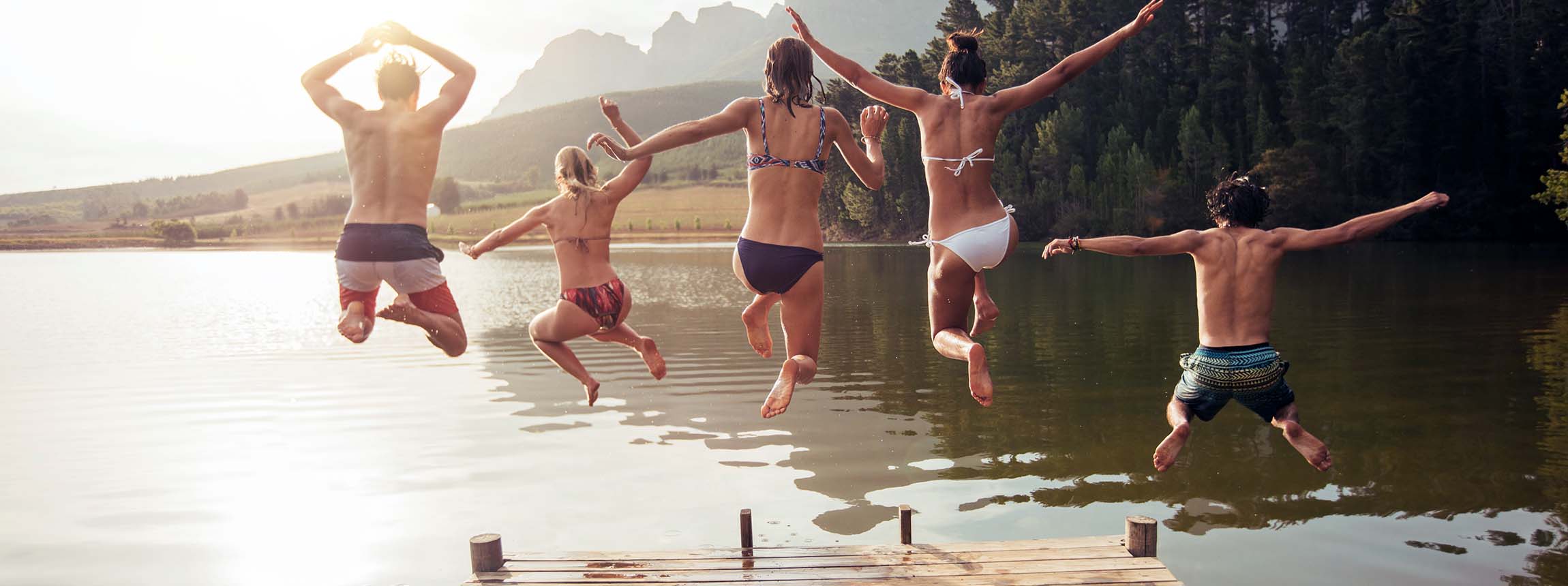As summer beckons, the allure of plunging into cool, natural waters becomes irresistible.
For those seeking a refreshing and exhilarating swimming experience, the United Kingdom boasts a multitude of wild swimming spots that promise adventure, stunning scenery, and a chance to connect with nature.
Join me as I unveil my top seven picks for the best wild swimming destinations across the UK.
Blue Lagoon, Pembrokeshire, Wales:
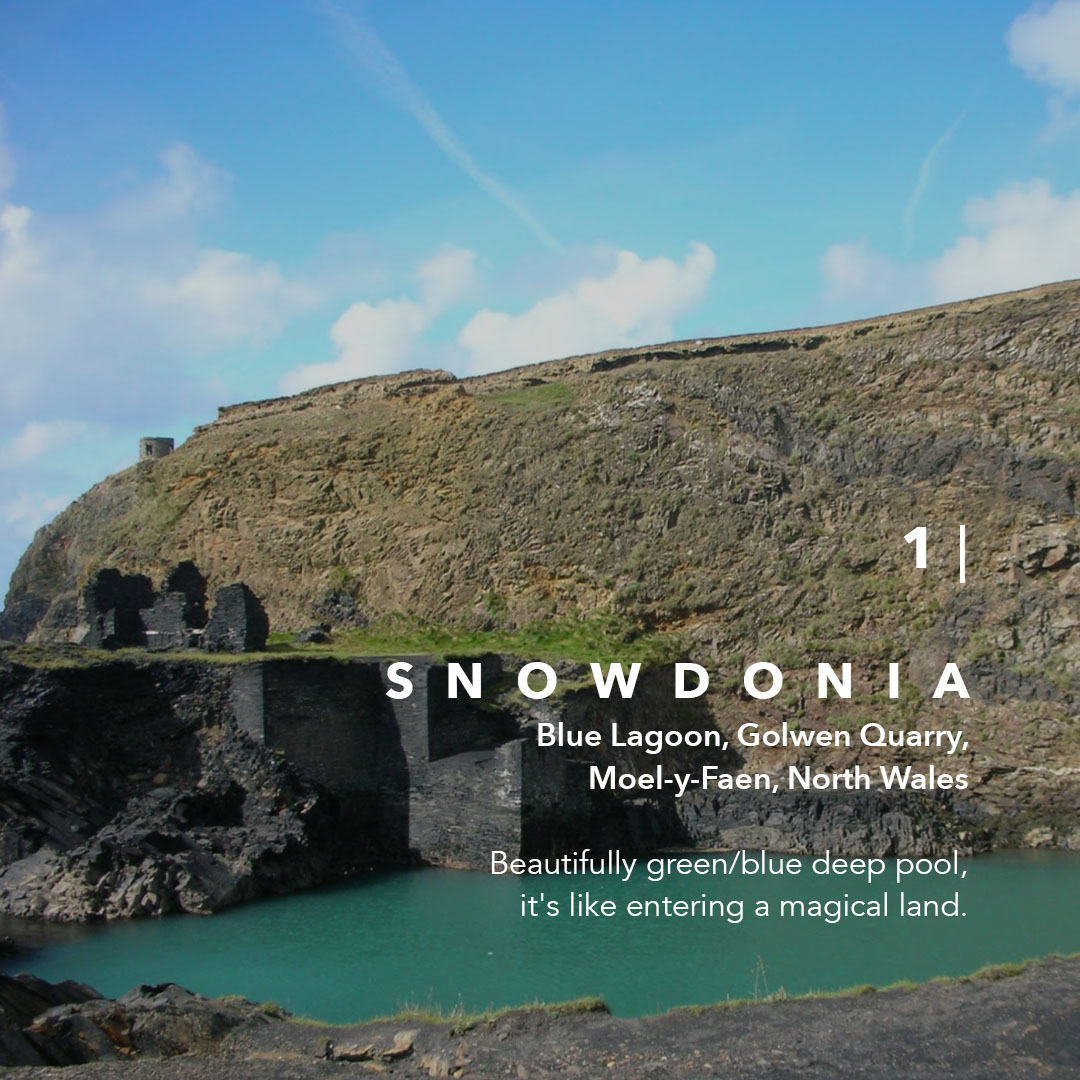
Venture to the southwestern coast of Wales, and you’ll stumble upon the captivating Blue Lagoon.
This former slate quarry has been transformed into an irresistible swimming spot, where the turquoise waters beckon adventure-seekers.
From daring cliff jumps to leisurely swims, the Blue Lagoon offers an unforgettable aquatic playground for all.
Gaddings Dam, West Yorkshire, England:
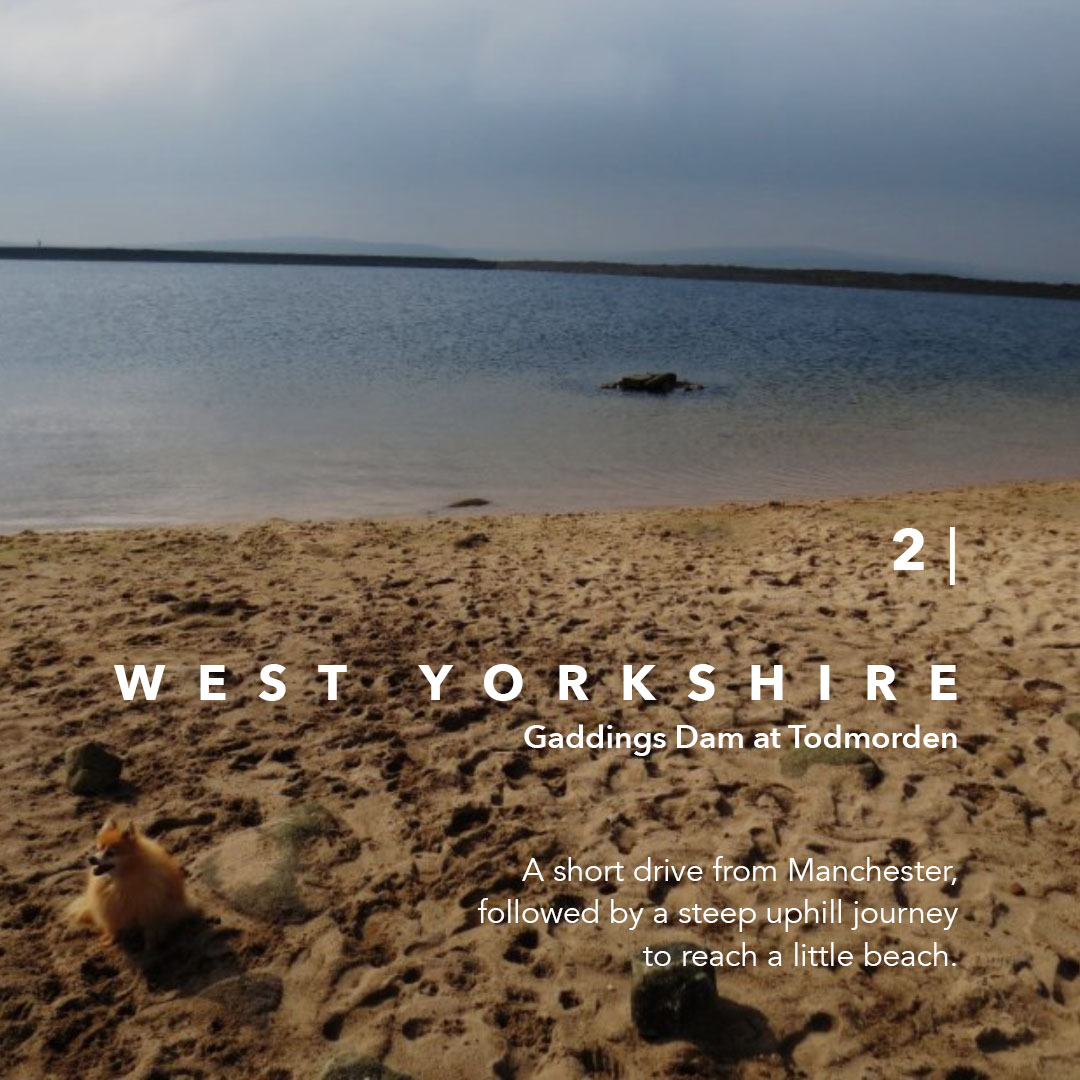
Nestled amidst the rugged beauty of the West Yorkshire moors, Gaddings Dam offers a unique wild swimming experience.
This picturesque reservoir, situated near Todmorden, provides an idyllic spot for a refreshing swim.
Surrounded by heather-clad hills and panoramic views, Gaddings Dam promises tranquillity and a chance to escape the bustling city life.
Kailpot Crag, Lake District, England:
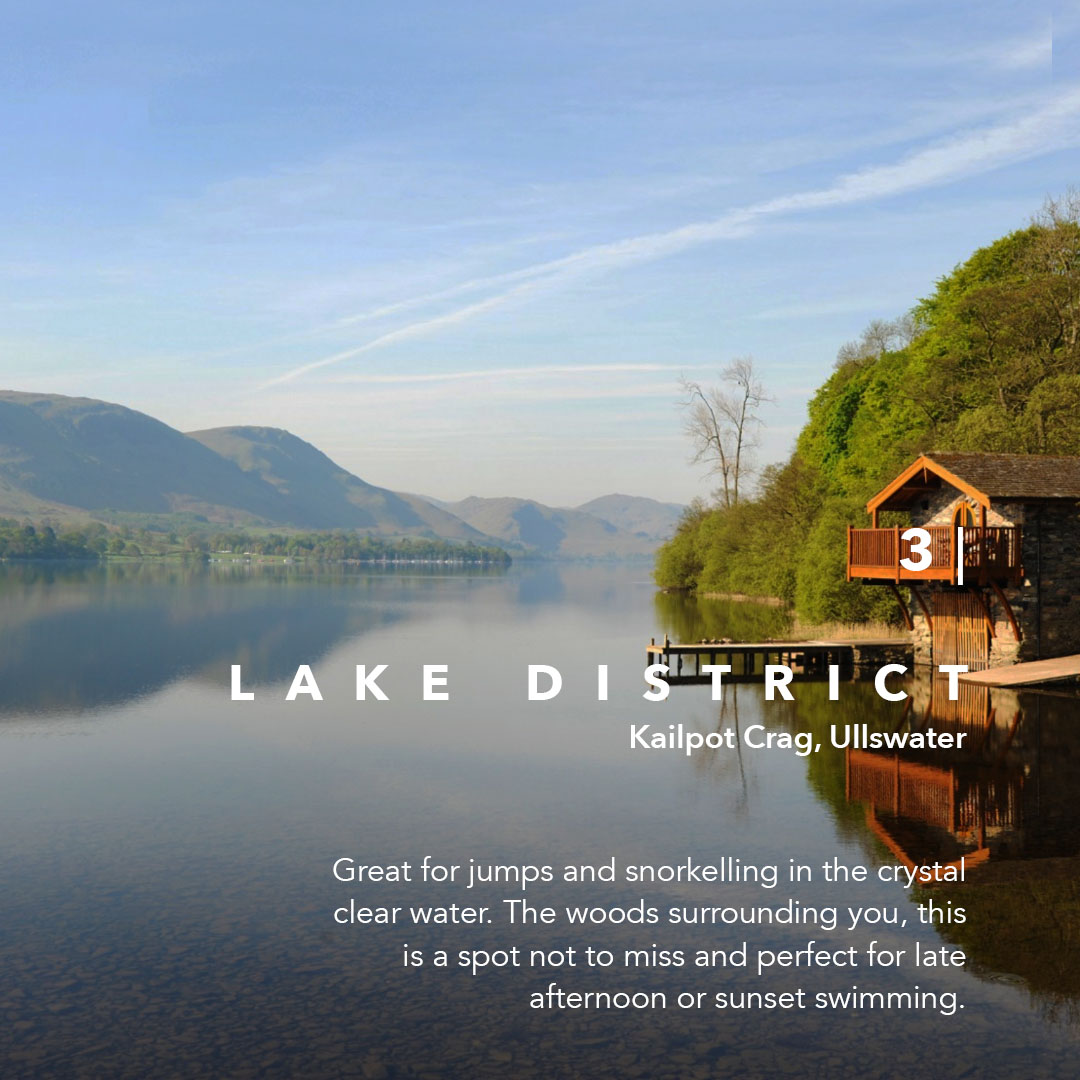
For those seeking an adrenaline rush, Kailpot Crag in the Lake District is the perfect wild swimming spot.
Located on the shores of Ullswater, this hidden gem entices thrill-seekers with its towering cliff jumps into the deep blue waters below.
It’s a haven for daredevils and adventure enthusiasts looking to make a splash.
River Dart, Devon, England:
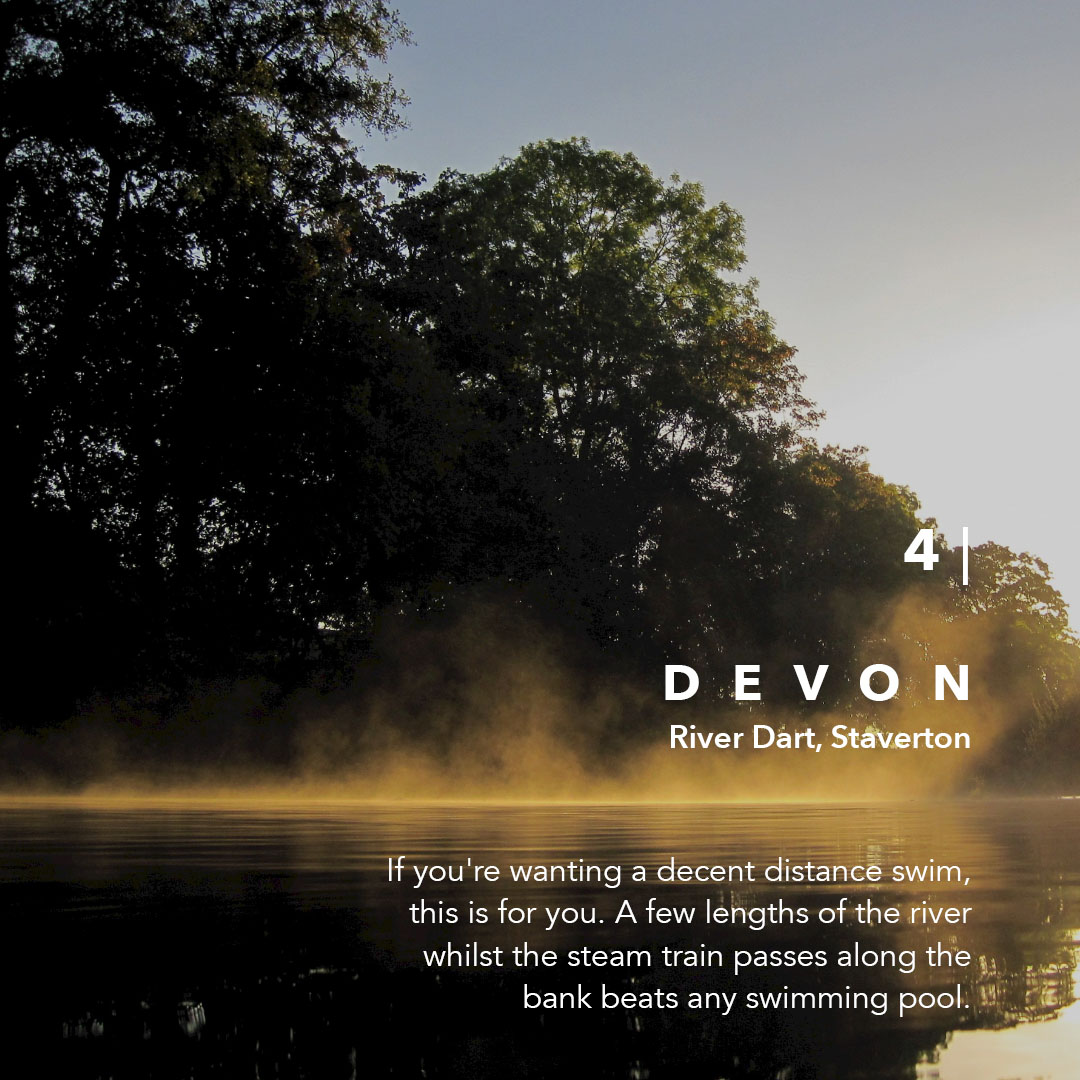
Flowing through the heart of Dartmoor National Park, the River Dart is a wild swimming paradise. With its crystal-clear waters and picturesque surroundings, this iconic river offers an array of swimming opportunities.
From tranquil pools to gentle rapids, the River Dart provides a refreshing escape for nature lovers and water enthusiasts alike.
Lower Ddwili Falls, Brecon Beacons, Wales:
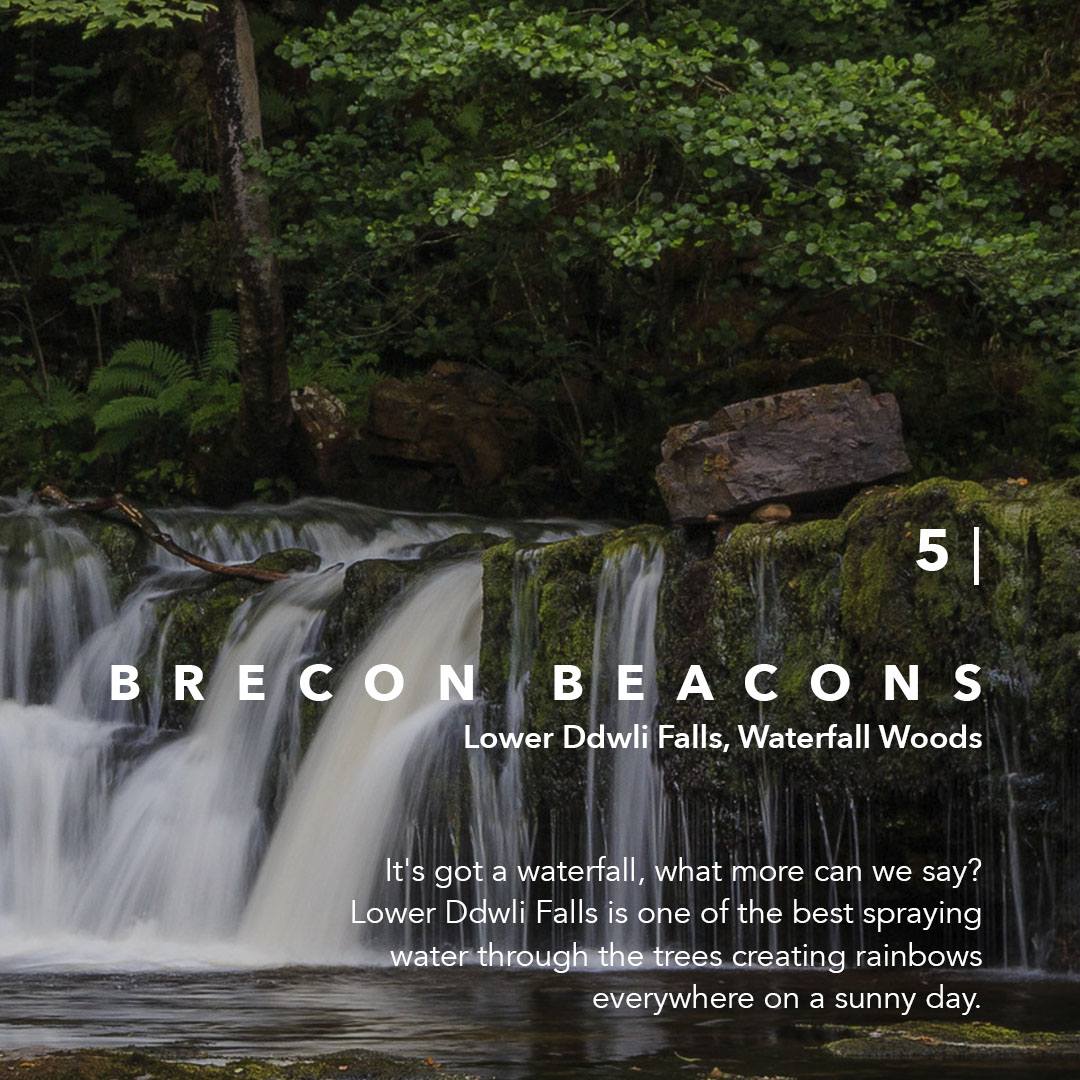
Tucked away in the rugged beauty of the Brecon Beacons, Lower Ddwili Falls offers a breathtaking wild swimming experience.
This secluded waterfall, cascading into a serene pool, invites swimmers to immerse themselves in its refreshing embrace.
Surrounded by lush greenery and dramatic cliffs, this hidden gem promises a tranquil and revitalizing escape.
Goldiggins Quarry, Cornwall, England:
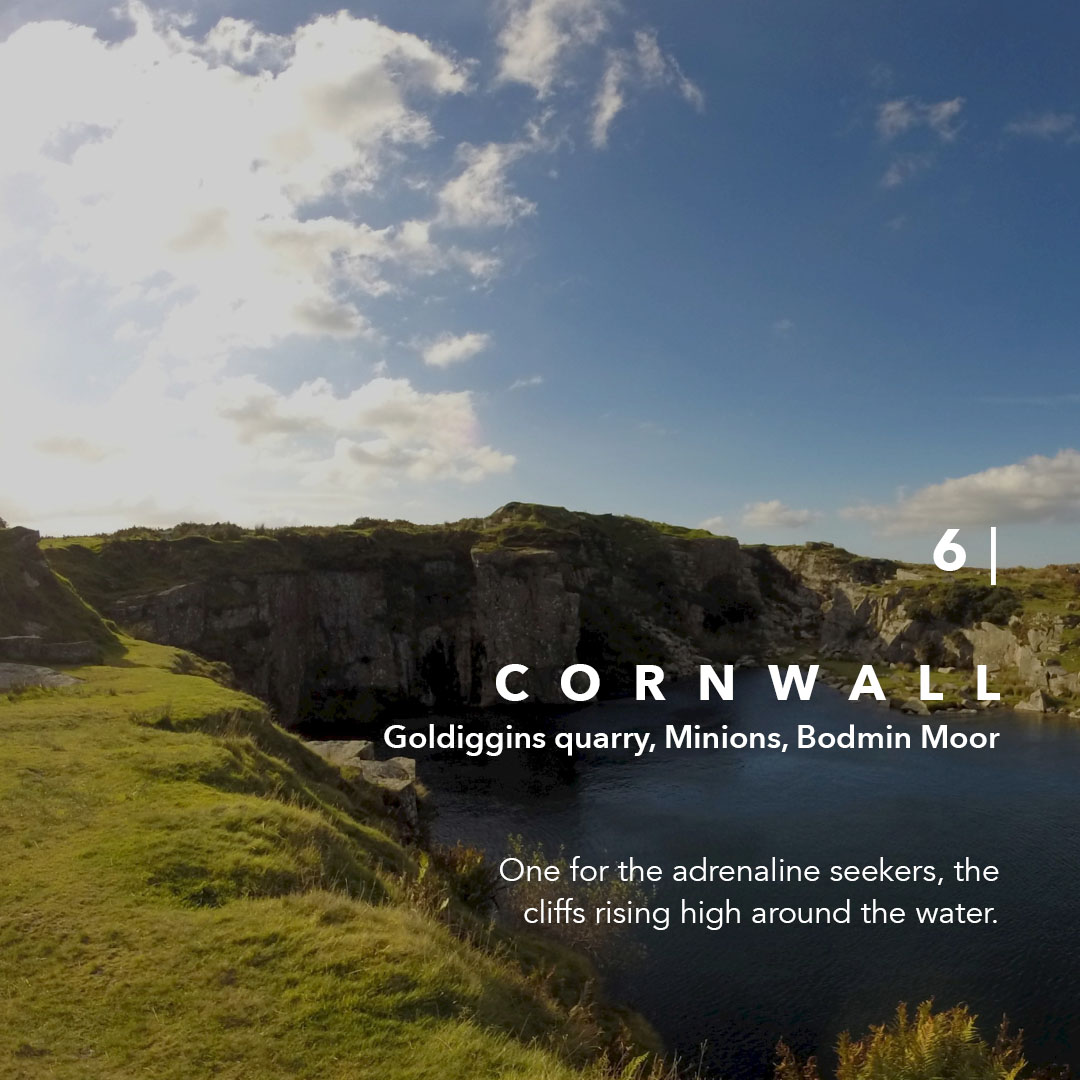
Located near Bodmin Moor, Goldiggins Quarry provides a unique wild swimming experience in Cornwall.
This former granite quarry has transformed into a stunning swimming spot, with its emerald-green waters and dramatic cliffs.
Dive into the deep pools, explore the hidden corners, and enjoy the tranquillity of this secluded oasis.
Skye Fairy Pools, Isle of Skye, Scotland:
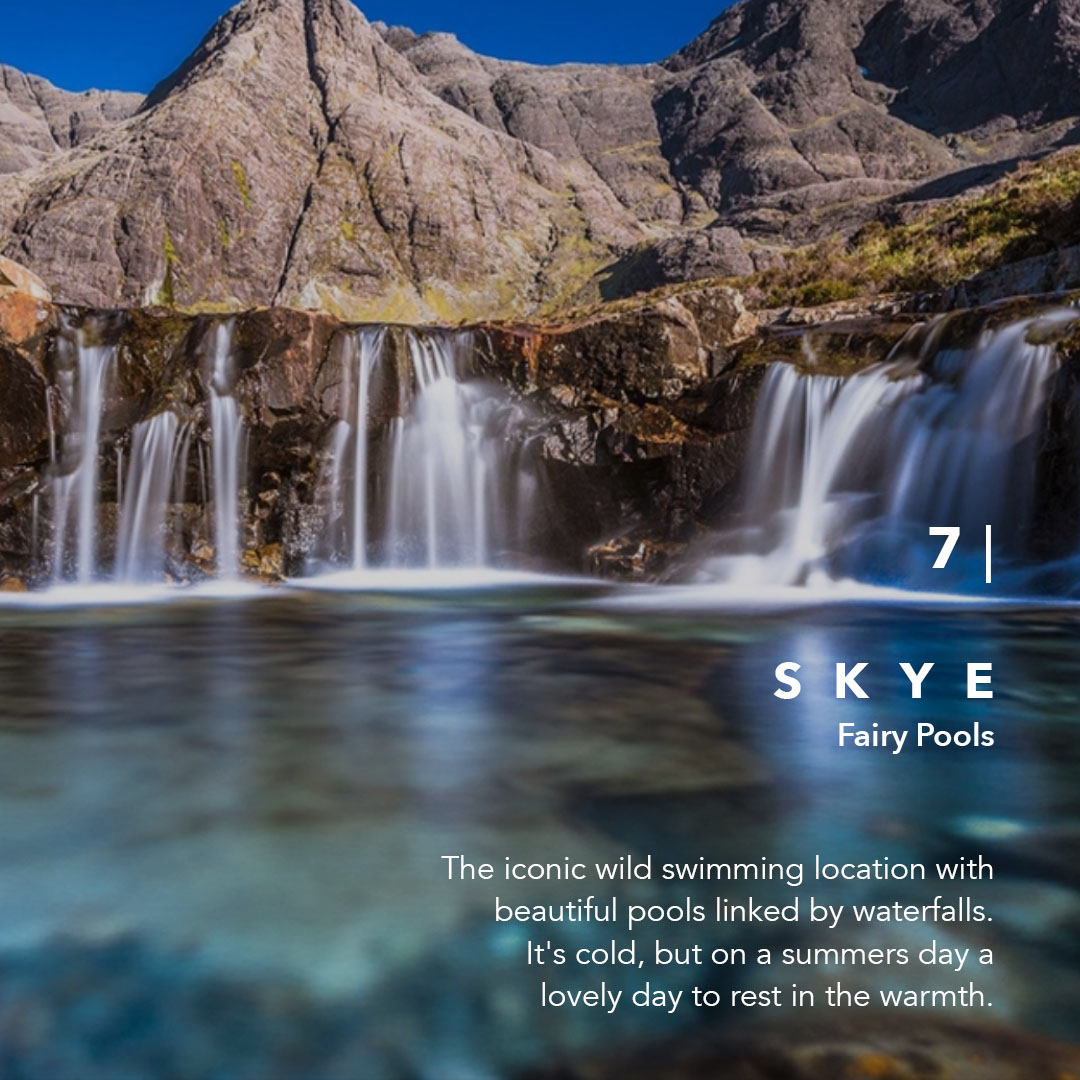
Returning to the Isle of Skye, the Skye Fairy Pools deserve a special mention. Surrounded by majestic mountains and nestled in a rugged glen, these enchanting pools offer a truly ethereal wild swimming experience.
Traverse the crystal-clear waters, hop from pool to pool, and let the fairy-tale atmosphere transport you to a world of wonder.
As summer unfolds, the UK’s wild swimming spots offer a gateway to adventure, natural beauty, and a sense of freedom.
Outdoor expert Natalie Byrne, Content Marketing Manager at Blacks also gave her top tips on how to stay safe whilst wild swimming: “While it may be tempting to jump into a body of water in these temperatures, it is important that you understand your swimming abilities
Wild swimming can be and is very dangerous if you have not trained properly. Always pay attention to “No Swimming” signs and even if you have been swimming in the same spot for years, always be cautious, as open bodies of water can change significantly- even in a short period of time.”
Be aware of your own swimming abilities
Unlike a pool, open water is not labelled as a “shallow end”, making it difficult to know how deep water is.
Always check the depth of the water, even if you visit the same spot regularly. With no awareness of how deep the water is, you really should not be diving into it.
Whilst waterfalls are stunning to look at, they won’t be kind to you if you jump into the landing area. The undercurrents directly below a large waterfall or weir could hold you under and you may not be able to surface.
Wear goggles where possible
Water in the sea can lead to limited visibility. If the water is clean, and it’s safe to dip your head under, take extra precautions and wear goggles where possible, and only take a dip if there are signs around saying it is safe to do so.
Do not ignore the ‘NO SWIMMING’ signs.
Keep your head above the water if unsure about the cleanliness
Snails, rats and algae can breed and release parasites into open water, which can lead to bacterial infections like Leptospirosis and ‘Swimmer’s itch’.
Be careful not to swallow the water, keep your head above the water, and cover up any open wound with a waterproof plaster.
Take precautions if swimming alone
Wear a life jacket or trail a float behind you on a cord if you choose to front crawl and breaststroke solo for the day.
If you get a leg cramp, shout for help, lie on your back and paddle back to shore with your arms before the pain becomes overwhelming.
Take note of the water temperature
Open water is usually colder than water in a pool, which can affect swimming ability.
According to Avon Fire and Rescue Service, cold water removes heat from the body 32 times faster than cold air causing cold shock – gasping, cramps, inhalation of water, heart attack, stroke and rapid drowning.
Don’t be fooled by the sweltering weather – dress for the water temperature, rather than the air temperature.
Do not kick or thrash if you encounter weeds or underwater obstructions
When swimming in open water, swimmers must be aware of the spaghetti-like weeds lurking beneath your feet.
They could snake around your ankles or up your leg and pull you under, causing swimmers to panic.
If you do encounter some, slow your swim speed right down, don’t kick or thrash, and either float on through using your arms to paddle, or turn around slowly.
Do not run near or around a lake or river
One of the most common dangers of swimming in a lake and outdoor swimming are the slippery rocks which make it too easy to lose your footing.
Never run because you do not want to risk hitting your head. Go barefoot to get a better grip or wear plimsolls with a rubber sole. A head injury while in or near water could be fatal if you pass out in the water.
Whether you yearn for the rugged coasts of Dorset, the serene lochs of Scotland, the captivating allure of Wales, or the hidden gems found in Yorkshire, the Lake District, and Cornwall, these seven handpicked destinations promise an immersive experience like no other.
Venture forth, explore, and let the wild swimming journey

